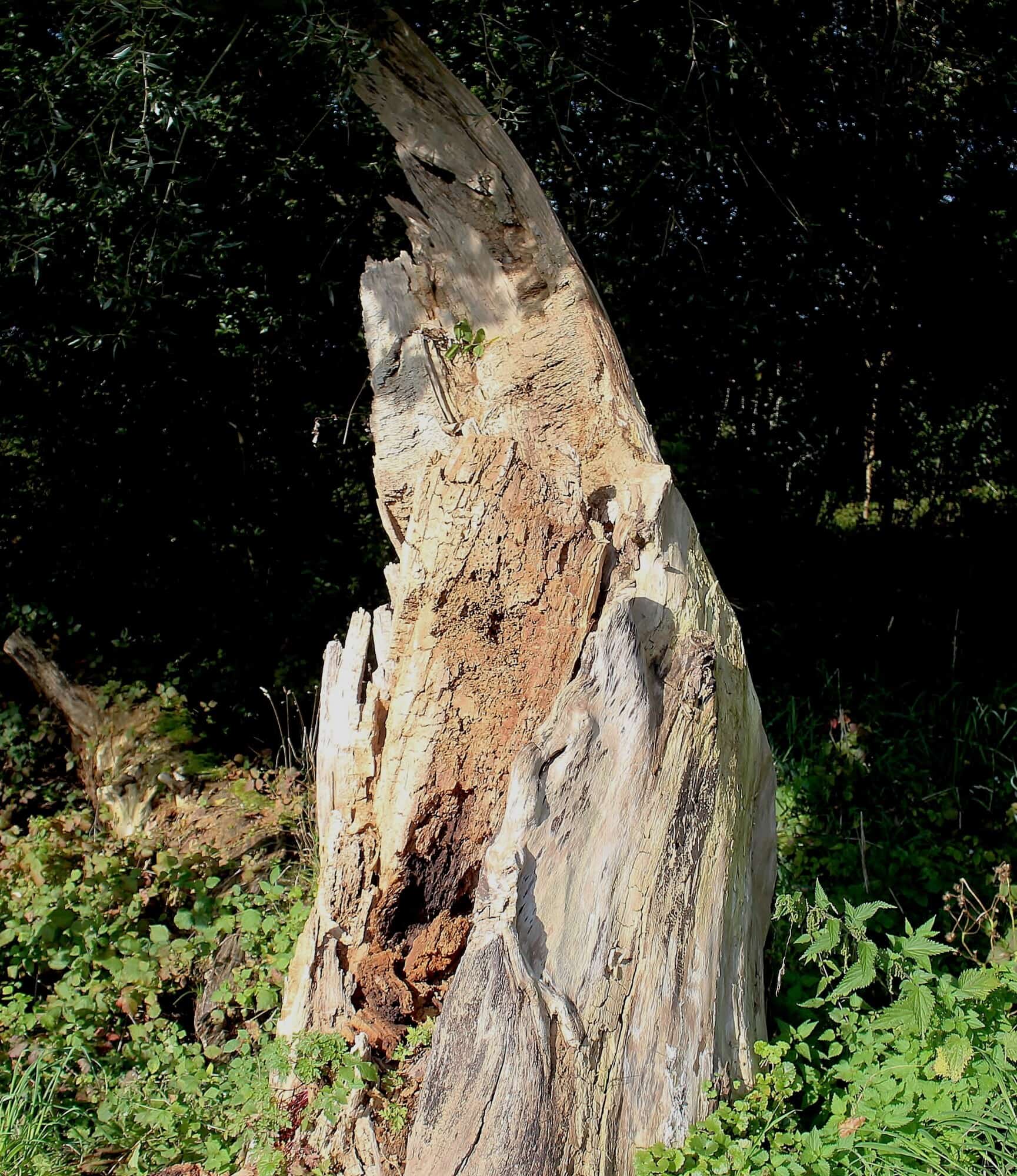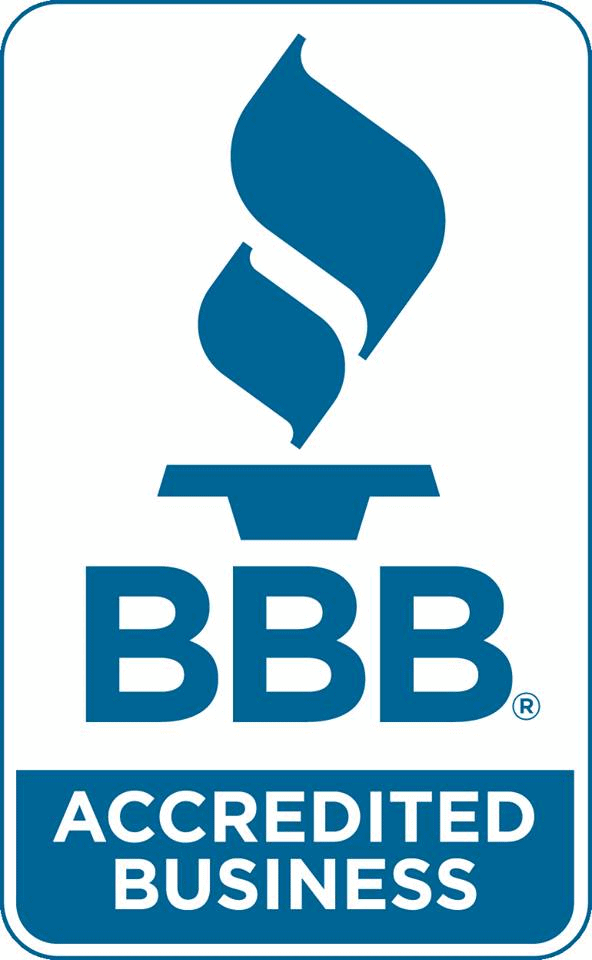The Tell-Tale Signs of Tree Rot (and What to Do About It)

Tell Tale Signs of Tree Rot
With tree rot being a common factor that results in a tree’s death, it’s important to know the signs before it’s too late. Falling branches and trees results in injuries, property damage, and sometimes, death.
Just because you have a large tree in your yard doesn’t mean you should have it removed if you’re afraid of unfortunate circumstances from occurring. A healthy tree can increase the value of your property and provide you with much-needed shade in the summer months. However, if a tree is dangerous and starts to suffer from tree rot, there are some things you can do to save the tree.
This guide will go over what the signs of tree rot are and what you should do if you think your tree is suffering from it.
The Different Signs of Tree Rot
Another term for tree rot is “heart rot disease.” It’s a fungal disease that mature trees get that rots your tree from the inside. It starts in the center of branches or trunks.
Unless your tree starts to lean, tree rot stays fairly invisible. Mushroom-like growths will start to appear on the outside of the tree, alerting you to the disease. Any tree is susceptible to tree rot, but weak or old trees have an increased risk.
Besides the mushroom-like growths and tree leaning that can occur from tree rot, there are a few other signs you should look out for.
Some of these signs include:
– Wilting leaves
– Stunted or slowed tree growth
– Seeing the rot inside of a tree through a cut or injury in the trunk or branch
– Dead branches underneath the tree
– Fine sawdust at the tree’s base
– Uprooting resulting in cracked sidewalks
– Trunks splitting into multiple “V” shapes instead of “U”
Unfortunately, a lot of tree rot symptoms are also associated with other tree conditions. It’s recommended to work with a reliable tree company to conduct routine tree inspections on your trees. They can evaluate the condition of your trees to see if they’re in good health.
Types of Tree Rot
Tree rot can manifest in different ways in your tree. The first type of tree rot is white rot.
White Rot
With white rot, the fungus breaks down the lignin in the tree. The lignin is in charge of the compaction strength and brown pigmentation in the wood. As it breaks it down, it leaves the tree’s wood severely compromised.
When the lignin and cellulose in the tree break down, the tree is unable to withstand its weight. It’ll manifest in the tree’s trunk having a bulge as it begins to buckle under its weight.
Wood that’s beginning to decay with white-rot will look wet, spongy, and fibrous. It’ll also appear white or yellow due to the loss of lignin.
Brown Rot
A fungus called basidiomycotina causes brown rot. It breaks down the hemicellulose and cellulose in the tree but doesn’t affect the lignin. The wood appears dark brown and brittle with brown rot.
As the rotted wood starts to dry, it shrinks and breaks down into cubes. This type of rot is considered far more serious than white rot. This is due to the tree’s loss of flexibility, which makes them more vulnerable to the wind.
Soft Rot
Bacteria and fungus can cause soft rot. It breaks down cellulose, hemicellulose, and lignin but in small areas that spread slowly. It’s less serious than the other types of rot.
Broadleaf trees are typically susceptible to soft rot. It infects areas of decayed wood that’s softer than the rest of the tree around it.
Ways to Prevent Tree Rot
Preventing tree rot is key to ensuring your trees have a long life. There are a few tips and tricks you can employ to prevent your trees from becoming infected.
Apply mulch at the base of your trees. Make sure there’s a barrier between the mulch and the root crown so there isn’t more moisture than the tree needs.
Trees that are stressed are also more susceptible to tree rot. Work with a tree expert to make sure your trees are in the best environment possible. Ensure they’re able to drain properly and aren’t infected with insects.
Prune dead or injured branches from your trees. These types of branches take away a tree’s energy when it’s trying to heal itself. Conducting routine tree care is important to ensure your trees live long lives.
How to Treat Tree Rot
If the mushroom-like growths are starting to appear on your tree, it likely won’t survive. The best solution would be tree removal. You want to prevent the disease from spreading to other trees.
It may take a year or so for the tree to fully decompose, but as the trunk and branches weaken, it can result in unfortunate situations. If the tree is near a house or powerline, it makes for a dangerous circumstance.
It’s essential to remove the tree as soon as possible once it’s been diagnosed with tree rot. You don’t want the tree or branches to fall over, causing damage.
Some people may say you can cut off part of the rotting portion of the tree and seal it. We don’t recommend that.
Cutting a tree leaves it exposed to other infections. Trees can’t heal their damaged tissues. Cutting it would only make the situation worse.
An arborist or tree company will recommend the best course of action. If it’s a small tree that’s not at risk of causing any damage, it may be left to decay on its own.
Connect With Qualified Tree Experts
Diagnosing tree rot can be difficult and you often don’t realize your tree has it until it’s too late. It’s also intimidating to conduct routine tree maintenance and trim dead branches if you don’t know what you’re doing. Work with an experienced tree company to ensure that your trees are in good hands.
Contact AAA Tree Experts today to request an appointment.



You must be logged in to post a comment.